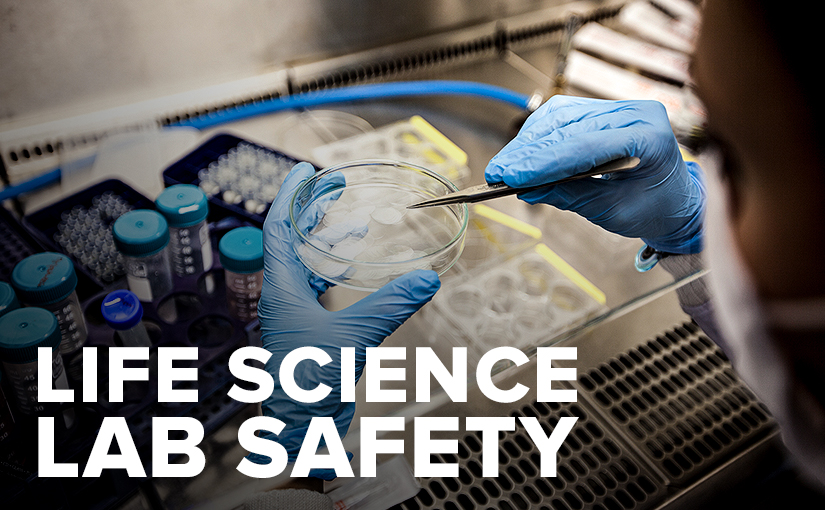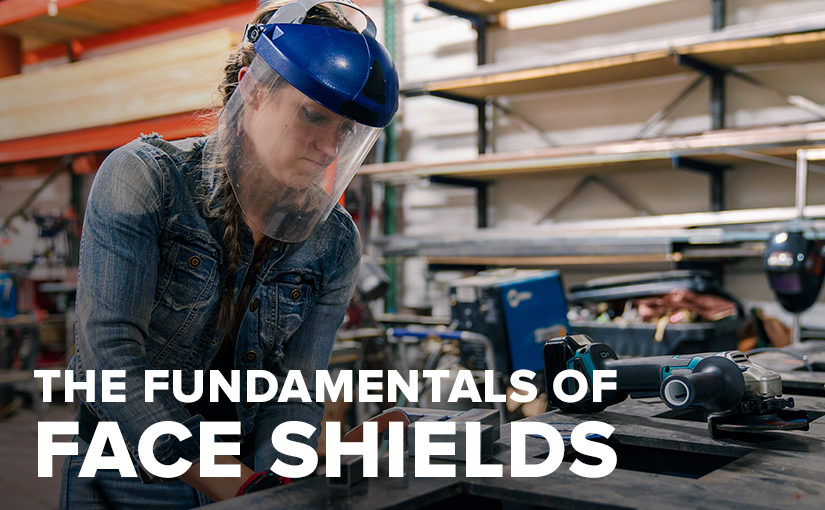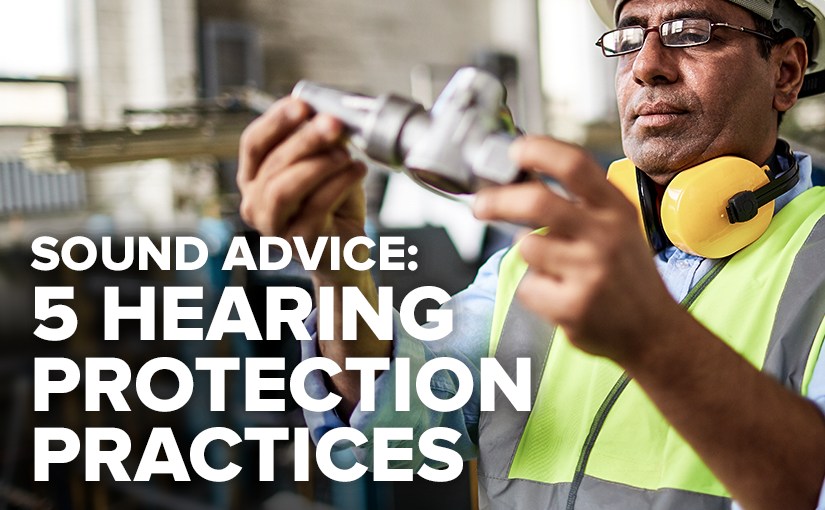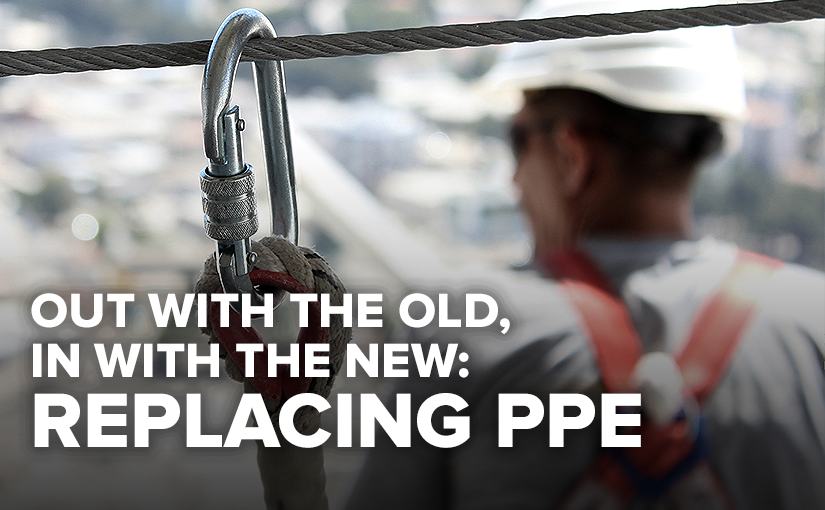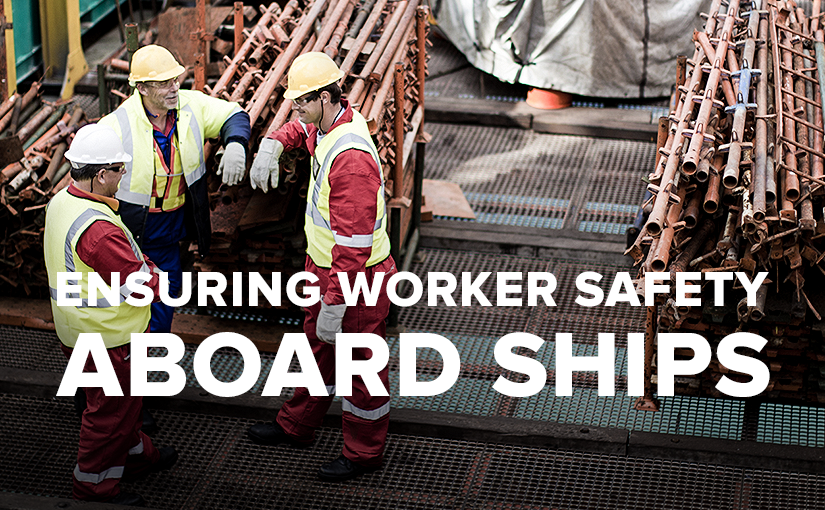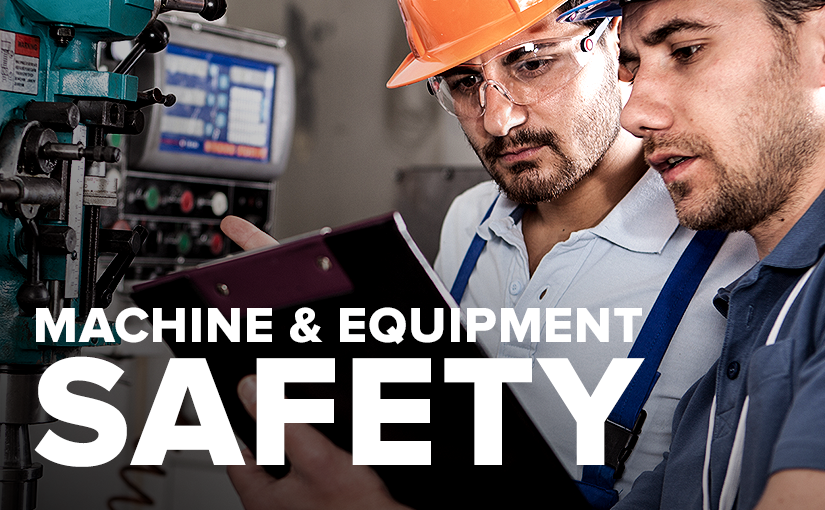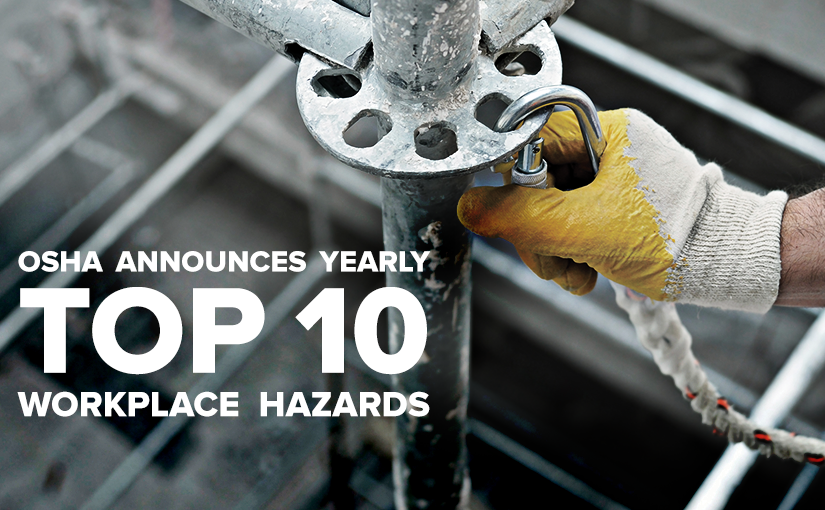In a laboratory, an ounce of prevention really is worth a pound of cure. Taking steps to prevent exposure to hazards comes in many forms; establishing a culture of safety, administering regular inspections, and wearing protective gear, just to name a few. Personal protective equipment (PPE) comes in many different forms and varieties; knowing what equipment to wear and when to wear it is half the battle to keeping everyone in a workplace safe. Continue reading PPE for Lab Professionals
Tag: workplace hazards
Picking Proper Protection: Face Shields
In any workplace, there are a number of hazards that an employee might encounter and be injured by. Among these threats are several dangers to the eyes and face. But Prevent Blindness America has found that these injuries are some of the most preventable. In recent years, they have identified 86,000 work-related accidents that could have ended with a serious eye injury but were prevented by the proper use of eye protection. While many professionals are actively promoting the use of safety eyewear, civic and manual labor professionals often need the added protection of a face shield. While you should never wear a face shield by itself, knowing when to and what kind of face shield to wear for a task is essential when picking out protection for your employees. Continue reading Picking Proper Protection: Face Shields
Listen Up! 5 Guidelines to Protect Your Employees’ Hearing
The National Institute for Occupational Safety and Health estimates that about 22 million US employees are exposed to hazardous noise levels at work, making occupational hearing loss one of the most common work-related injuries in the country. With OSHA’s recommended “danger zone” starting at just 85 decibels, chances are that your industrial or construction workplace requires the use of hearing protection. Continue reading Listen Up! 5 Guidelines to Protect Your Employees’ Hearing
Staying Energized and Increasing Productivity on the Job
The ExxonMobil oil spill, Three Mile Island accident, Challenger Explosion, and Chernobyl were all disasters in their own right. They have each been studied extensively to isolate what caused them, and it’s been found there are many factors that worked together to cause these events to occur. What’s interesting is that one factor, in particular, was common among all of these crises—and it’s a factor that impacts every work site operating today: sleep deprivation. Continue reading Staying Energized and Increasing Productivity on the Job
When to Replace Safety Equipment
There might be more than calendars that need to be replaced in your workplace this January. As an industrial workplace employer, the safety of your workforce falls to you. Personal protective equipment (PPE) is considered the last line of defense for workplace safety. No matter the industry, knowing when to replace safety equipment minimizes failure of worn-out devices and resulting injuries. Here are some ways to know if it’s time to discard the old PPE and bring in some new gear. Continue reading When to Replace Safety Equipment
All Aboard: Nautical Safety Checklist
When it comes to keeping your crew safe out on the deep blue sea, having life preservers, emergency rafts, and other floatation devices readily available is a no brainer. You’re prepared for the worst, and that’s a great start—but your ship safety precautions shouldn’t stop there. Ensuring a safe work environment is critical, both on land and sea. Do you have the proper personal protective equipment (PPE) on hand to keep your workers safe through the day-to-day rigors of working aboard the ship? We’ve put together a quick checklist to help you find out. Continue reading All Aboard: Nautical Safety Checklist
How to Ensure Your Workers Stay Safe While Operating Machinery
More than 4,500 fatal injuries occur in the workplace per year. Prevention is key; know your employees are in the safest possible environment when it comes to preventing future machinery mishaps on the job. In this blog, we have compiled some ways to keep your workers safe, including being up-to-date with the lockout/tagout (LOTO) process, knowing what safety gear to have on hand, and understanding what extra precautions to take while operating machinery. Continue reading How to Ensure Your Workers Stay Safe While Operating Machinery
Fall Protection Cited as #1 Workplace Hazard in 2016
According to new research released by the Occupational Safety and Health Administration, fall protection takes the top spot as the most frequently cited workplace safety and health violation in 2016. The data was compiled from nearly 32,000 workplace inspections, and indicates several startling trends when it comes to on-the-job safety. Continue reading Fall Protection Cited as #1 Workplace Hazard in 2016

